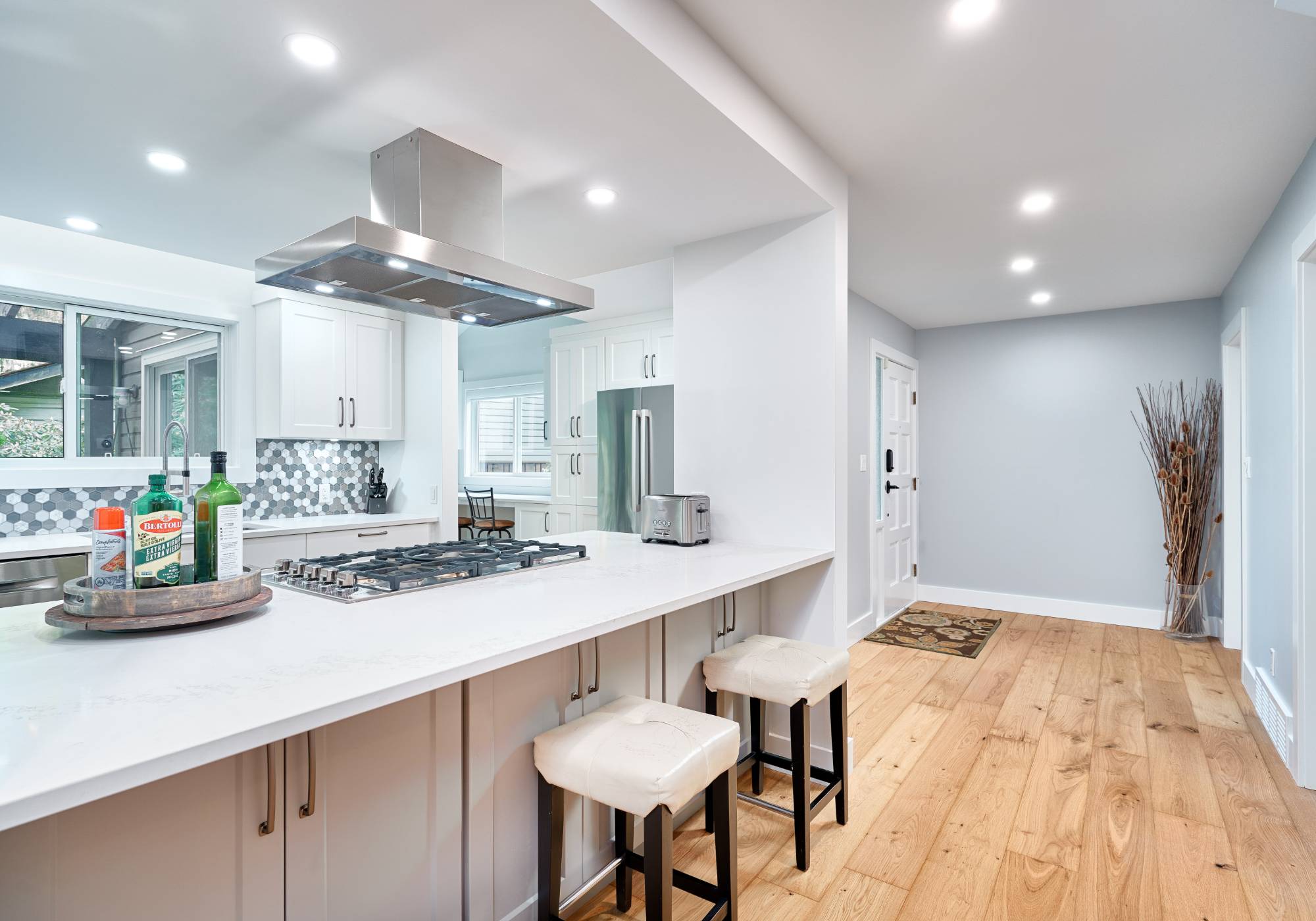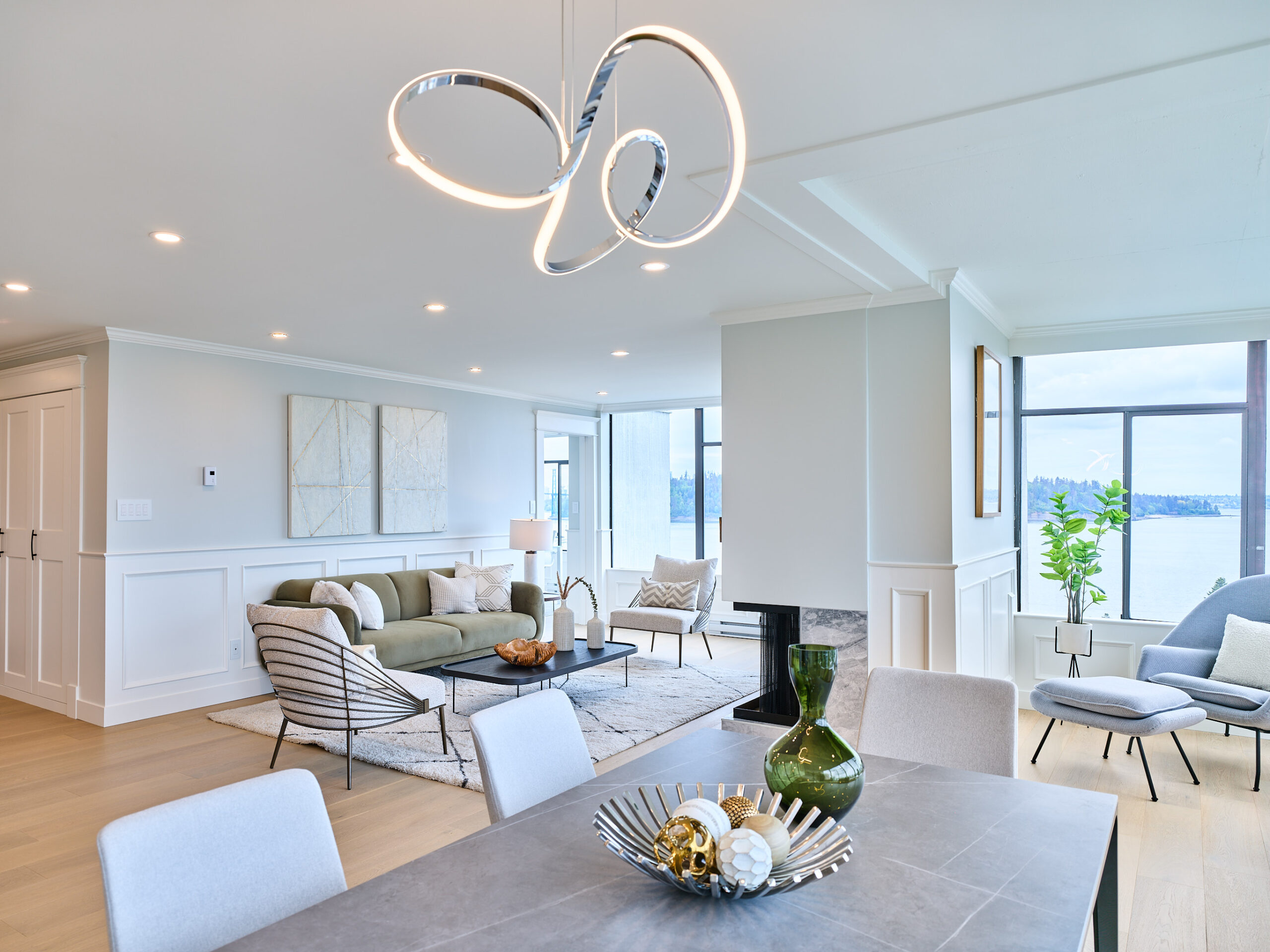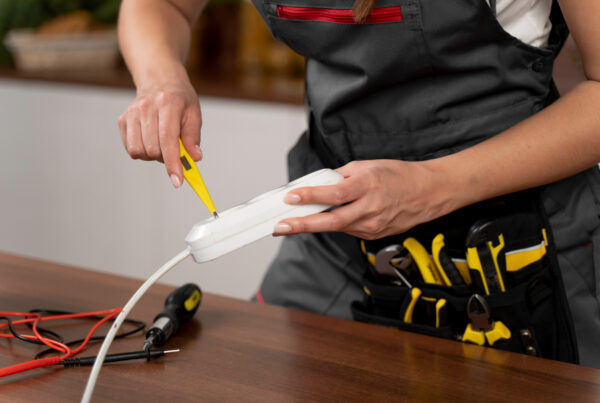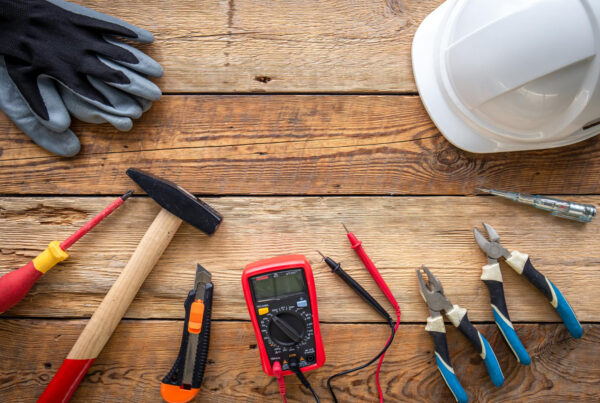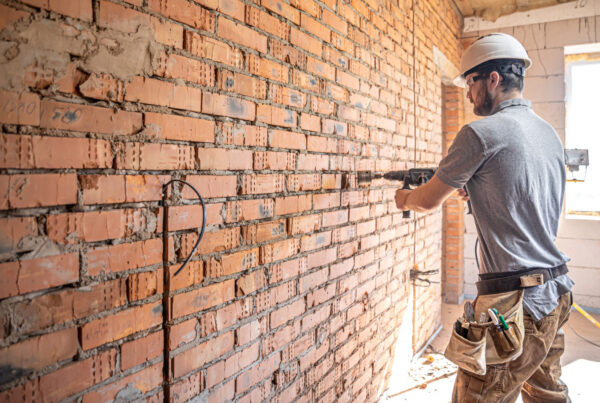In an era of increasing environmental awareness, making your home energy efficient is not only beneficial for the planet but also for your wallet. By evaluating energy efficiency, upgrading electrical systems, exploring energy-efficient lighting solutions, investing in insulation and weatherization, and integrating smart home technology, you can significantly reduce your carbon footprint and lower your energy bills. In this article, we will explore these key areas and provide practical tips for optimizing your home’s energy efficiency.
Evaluating Energy Efficiency
Assessing Your Home’s Energy Consumption Understanding your home’s energy consumption is crucial for identifying areas of improvement. Begin by conducting an energy audit to evaluate your current energy usage patterns. This evaluation will help pinpoint energy-hungry appliances and highlight areas where energy is being wasted. Look for opportunities to minimize energy consumption, such as optimizing thermostat settings, switching to energy-efficient appliances, and sealing air leaks.
Upgrading Electrical Systems: Hiring a Residential Electrician for Efficient Wiring
When it comes to energy efficiency, the role of a residential electrician is pivotal. Outdated or faulty wiring can lead to energy loss and potential safety hazards. Hire a qualified electrician to inspect your home’s wiring system and recommend upgrades. Upgrading to energy-efficient wiring not only reduces energy loss but also ensures the safety and reliability of your electrical infrastructure.
Energy-Efficient Lighting Solutions
Choosing the Right Lighting for Your Home Lighting plays a significant role in your home’s overall energy consumption. Opting for energy-efficient lighting solutions can yield substantial energy savings. Consider replacing traditional incandescent bulbs with energy-saving alternatives such as compact fluorescent lamps (CFLs) or light-emitting diodes (LEDs). These options not only consume less energy but also last longer, reducing the frequency of replacements.
Insulation and Weatherization
Maximizing Energy Efficiency Through Home Upgrades Proper insulation and weatherization are key components of an energy-efficient home. Inadequate insulation can lead to significant heat loss during the winter and heat gain during the summer, resulting in increased energy usage. Improve insulation by adding weather stripping, caulking windows and doors, and insulating walls, attics, and crawl spaces. These upgrades create a more comfortable living environment while reducing the strain on your heating and cooling systems.
Smart Home Technology
Integrating Energy-Saving Devices for Increased Efficiency Harnessing the power of smart home technology can optimize your energy efficiency efforts. Install smart thermostats that adapt to your lifestyle, adjusting temperatures when you are away from home to conserve energy. Additionally, smart power strips can prevent energy waste by automatically shutting off power to electronics when they are not in use. Explore other energy-saving devices such as smart lighting systems and motion sensors to minimize unnecessary energy consumption.
Embrace Energy Efficiency and Sustainability with Rainforest Electrical
Rainforest Electrical is your trusted partner when it comes to transforming your home into an energy-efficient and sustainable haven. With their team of skilled residential electricians, Rainforest Electrical offers top-notch services for upgrading home wiring systems, ensuring optimal energy efficiency. Their expertise extends to evaluating energy efficiency, providing solutions for energy-efficient lighting, and offering guidance on insulation and weatherization upgrades. By partnering with Rainforest Electrical, you can seamlessly integrate smart home technology to further enhance energy savings. Trust Rainforest Electrical to make your home a beacon of energy efficiency, reducing your environmental footprint while maximizing comfort and savings.


